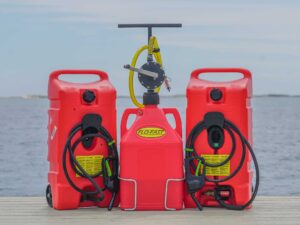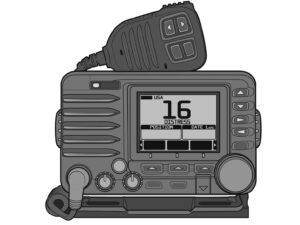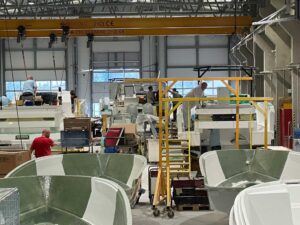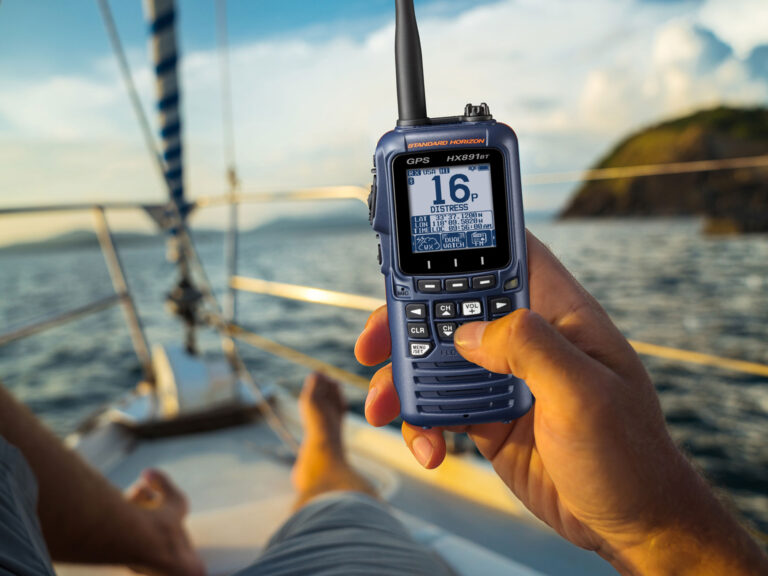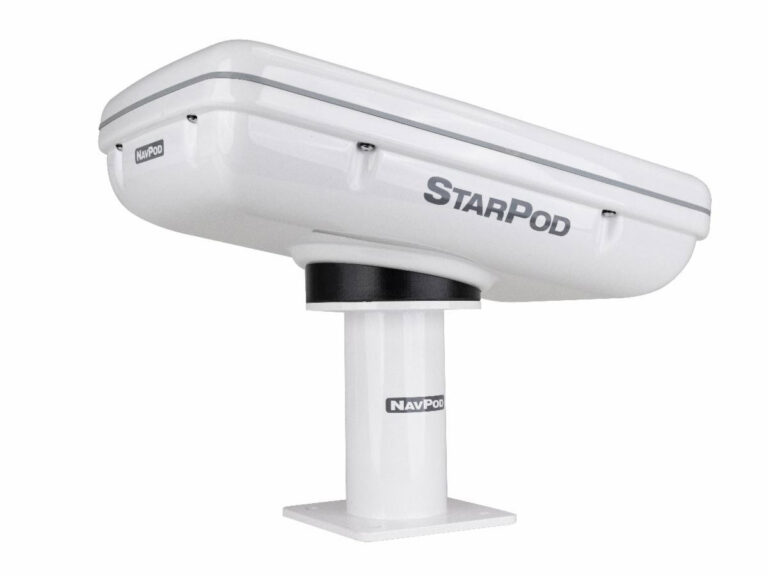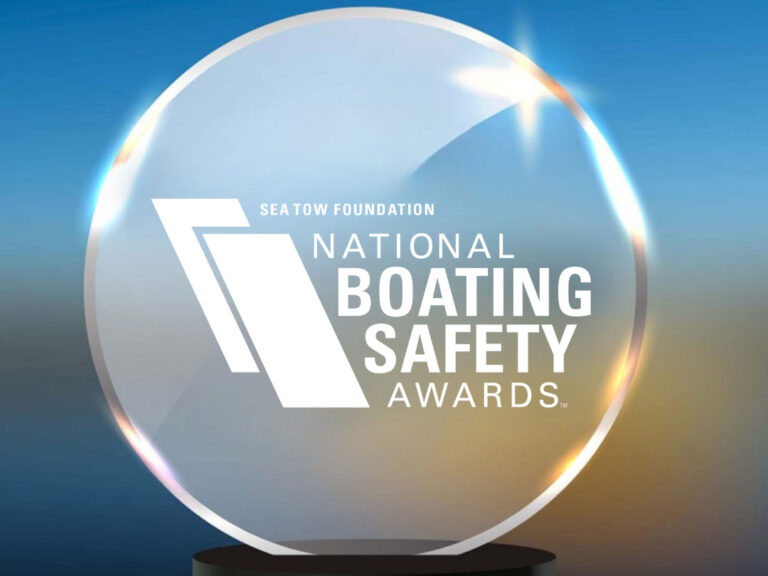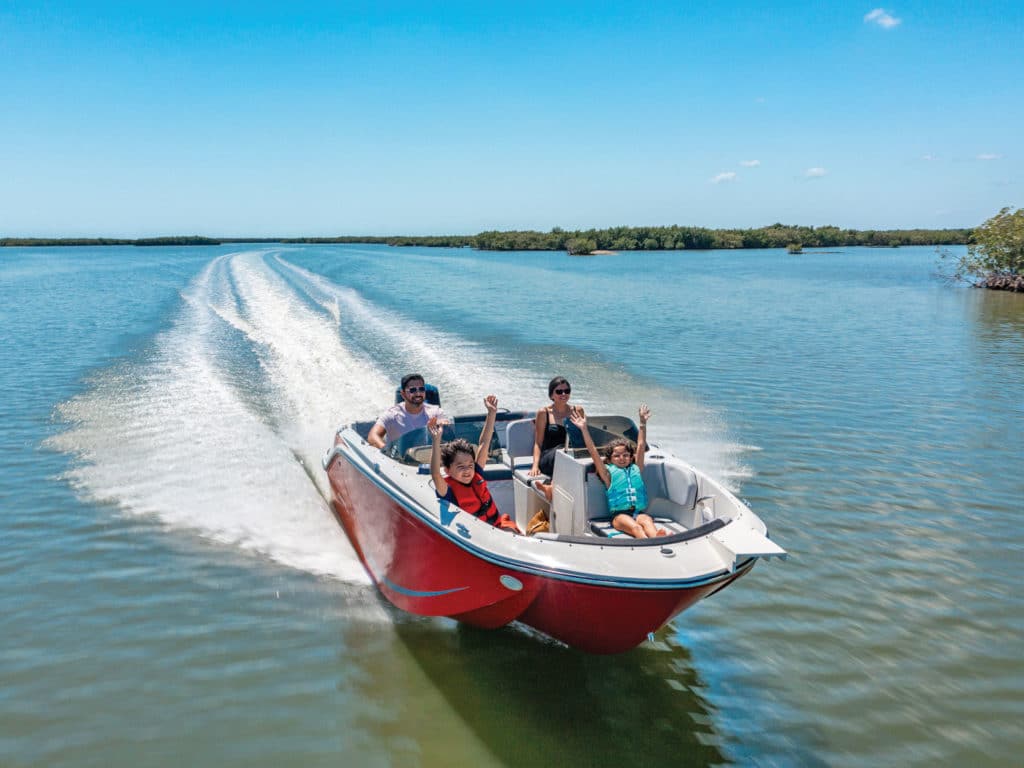
Overview
The Element M19’s ride is stable, its handling and layout are passenger-friendly, the boat is easy to tow and stow, and it proves inexpensive to purchase and is miserly on fuel. This new flagship of the Element series doesn’t deviate significantly from the path of encouraging new boaters. It does expand the M line, replacing the long-running E18 while introducing updated looks and seating.
The M hull pairs the benefits of a center V with twin sponsons port and starboard. The result is minimal bow rise and a relatively flat cornering style that won’t unnerve newcomers. A minimal 1-foot-5-inch draft also proves practical and easy.

Interior and Accessories
Carrying its beam well forward, the topside amenities include a spacious bow cockpit, allowing two to stretch out or a crew of five to gather around an optional table. A center bow cushion and backrest can also create a rear-facing seat. Rather than the Element’s trademark bench to accommodate the captain and crew at the helm, the M19 debuts a helm seat with a flip-up bolster. Opposite, a companion seat molds into the deck and features a removable backrest. Drop the filler cushion in the footwell between the seat and console to create additional bench seating. Likewise, insert a filler aft and link the seat to the rear lounge.
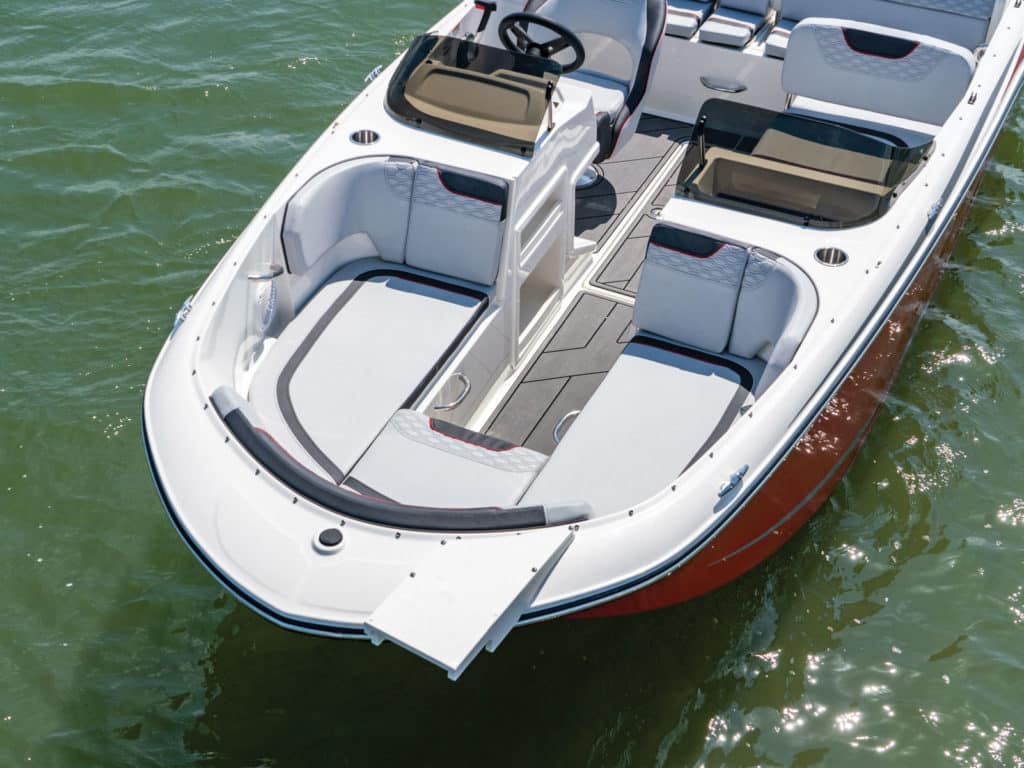
The M19 also introduces a convertible aft lounge. Slide the movable backrests of the port and starboard sun pads fore or aft to change the focus from seating split 50-50 between the cockpit and swim platform to forward- or aft-facing lounges. Still in prototype at the time of our test, the backrest features a topside handle that allows seatbacks to reposition into any of four mounting slots. Add a central filler to the walkway and fashion a wide sun pad or recliner.
Engine
Our test boat featured only a 115 hp Mercury outboard but still topped out near 40 mph. The hull jumped onto plane in 3.6 seconds, and passed the 30 mph mark in 7.1 seconds. Equally important to the target ownership will be fuel efficiency. We found the cruising sweet spot at 3,500 rpm, where the Element ran comfortably atop the water at 21.5 mph while burning a minimal 3 gph.
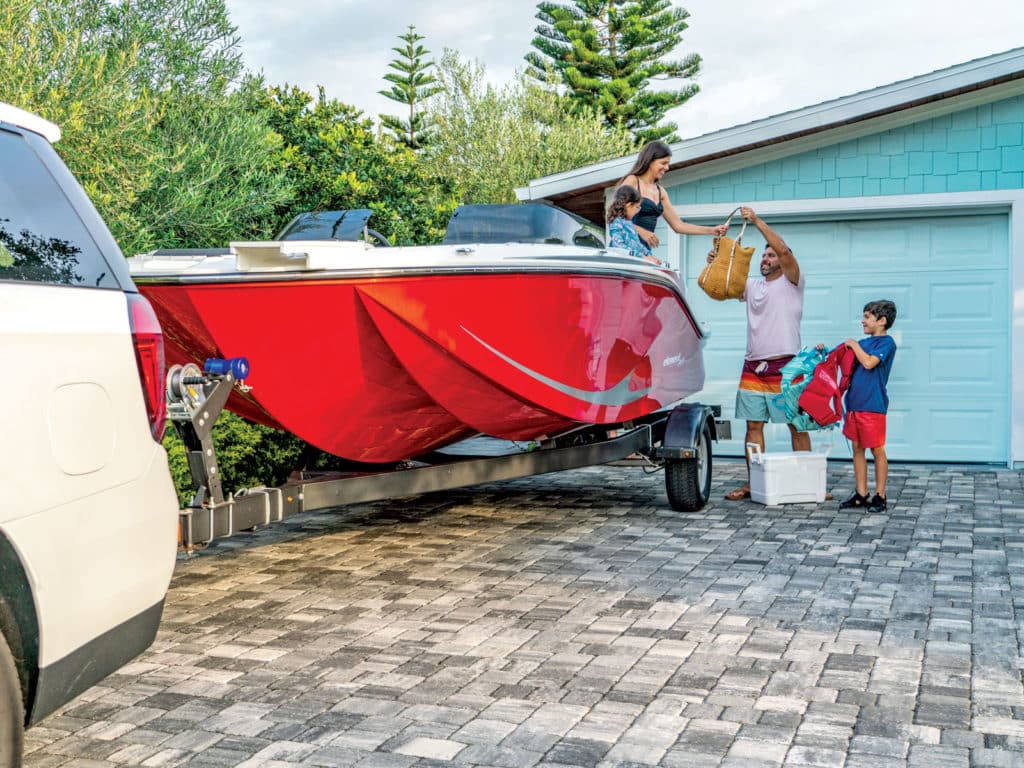
How We Tested
- Engine: Mercury 115
- Drive/Prop: Outboard/Mercury 14.29″ x 23″ 4-blade stainless steel
- Gear Ratio: 2.07:1 Fuel Load: 18 gal. Crew Weight: 340 lb.
High Points
- Standard folding tongue trailer, ski pylon and stainless-steel boarding ladder.
- Available fishing package comes with a livewell and bow trolling motor.
- A 6-foot-long ski locker with a big hatch swallows boards and bulky gear.
- Choose a wraparound windshield with a walk-through, and helm-only or helm and port console windscreens.
Low Points
- Steering wheel is plastic but feels solid.
- Handle with care; exposed fastener hardware protrudes below hatch lids.
- Seat padding is comfortable but minimal in thickness.
Toughest Competitor
Starcraft’s 191 OB ($42,943 with a Mercury 115 ELPT) gains bow space from a squared-off design that retains a generous bow platform. Opposite the helm, a small galley incorporates a forward-facing backrest for bow seating and an aft-facing backrest for the cockpit. A bench spans the transom width, broken up by a starboard walk-through.
Pricing and Specs
| Price: | Not available (at press time) |
| LOA: | 19’0″ |
| Beam: | 7’6″ |
| Draft (max): | 2’1″ |
| Displacement: | 2,399 lb. |
| Transom Deadrise: | 15 degrees |
| Bridge Clearance: | 3’1″(standard windscreen) |
| Fuel Capacity: | 18 gal. |
| Max Horsepower: | 115 |
| Available Power: | Single Mercury outboard to 115 hp |
Speed, Efficiency, Operation
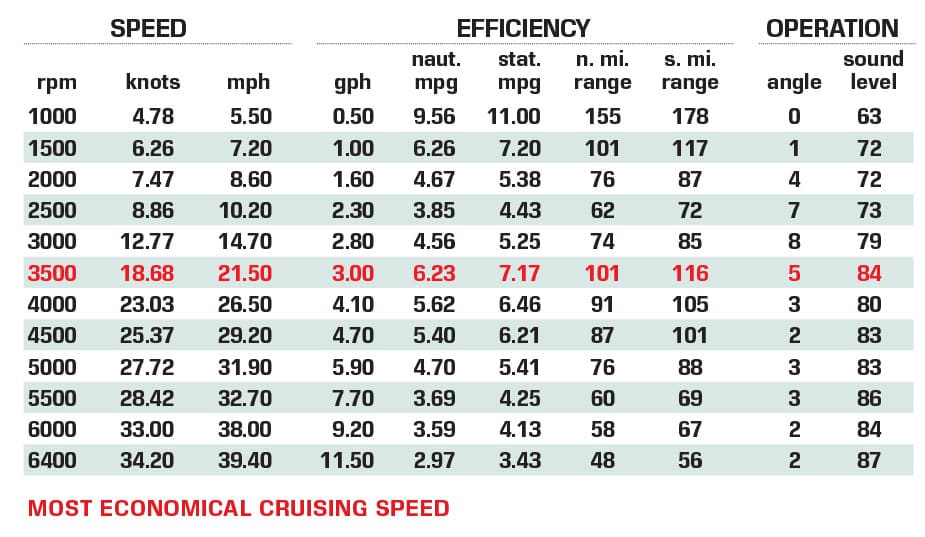
Bayliner – Knoxville, Tennessee; 865-582-2200; bayliner.com

